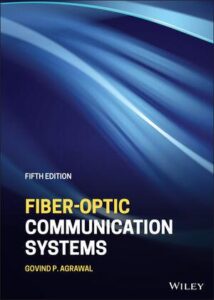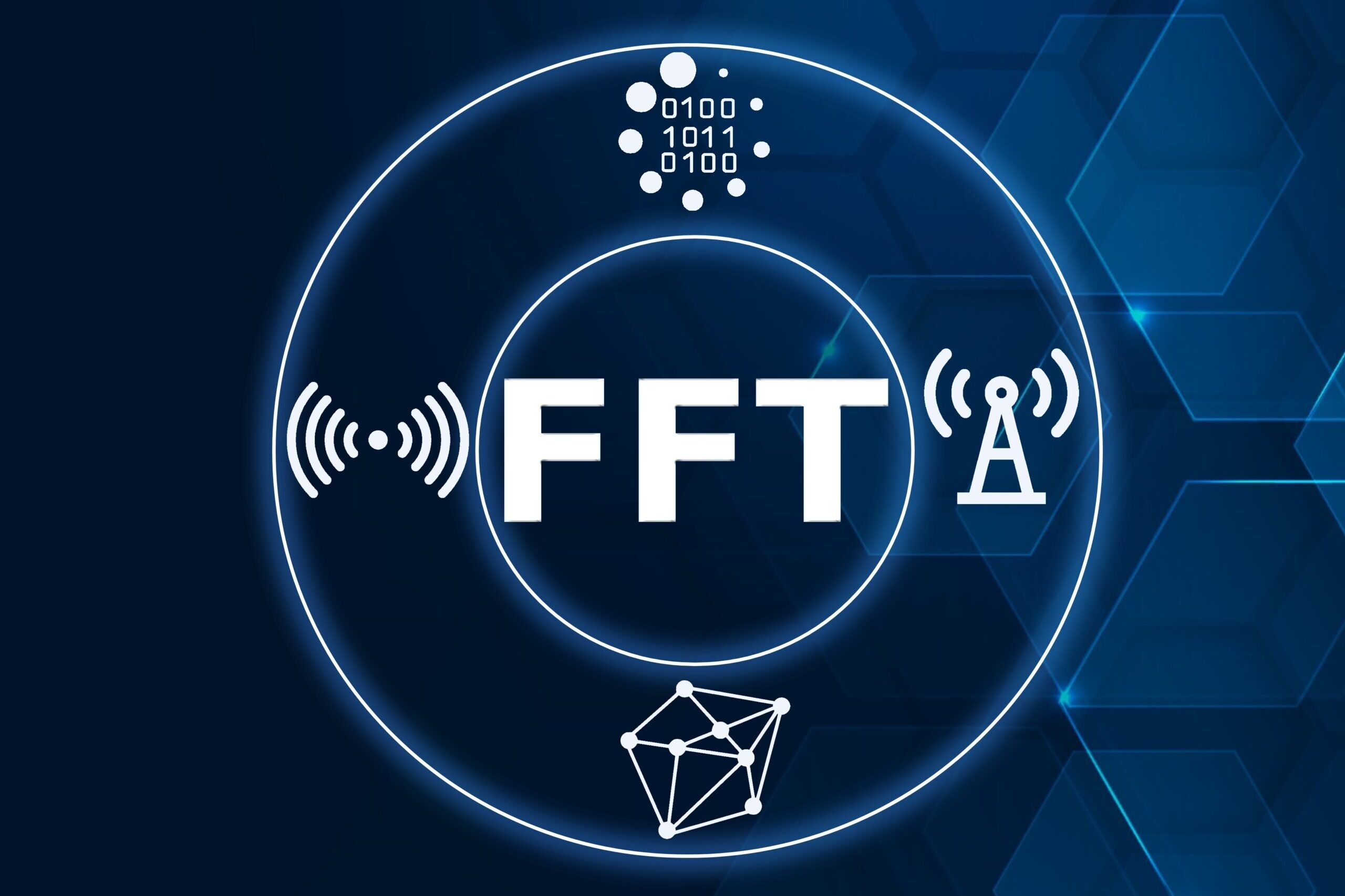Reviewed by Mayur Kumar Chhipa, Dean, Faculty of ODL, EC Engineering Coordinator, ISBAT University, Kampala, Uganda
Full Book Title: Fiber-Optic Communication Systems, 5th Edition by Govind P. Agrawal, John Wiley & Sons, 2021

In the past few years alone, the bit rate of commercial point-to-point links has grown from 100 Gb/s to 400 Gb/s and that figure is expected to more than double over the next few years! Such astonishing progress can be both inspiring and frustrating for professionals who need to stay abreast of important new developments in the field. Now, Fiber-Optic Communication Systems, Fifth Edition makes that job a little easier. Like the earlier editions of this popular book, Agrawal’s latest edition provides an in-depth look at the state of the art in fiber-optic communication systems. While engineering aspects are discussed, the emphasis is on a physical understanding of this complex technology, from its basic concepts to the latest innovations. When a new, or in this case, updated, textbook appears on such a mature subject, it is often the case that the author looks to present topics that are omitted elsewhere, emphasize or deemphasize topics covered in other books, or provide a more pedagogically focused presentation. Each of these points are targets for the fifth edition of Fiber-Optic Communication Systems.
This textbook is aimed at beginning graduate students to quickly get them up to speed on fiber optics and contributing to research. This book covers an extremely large range of topics and provides an excellent starting point for graduate students interested in optical fiber communication systems.
Chapter 1 provides an introductory overview of fiber systems with some basic communication principles and is largely the same as in the previous editions. Lightwave system components are discussed with block diagrams applied to a fiber‐optic communication system. This approach makes a connection to radio communications by showing that many of the concepts apply to the lightwave system with the only difference being that the communication channel is now an optical fiber cable. Additionally, the SONET/SDH standards, now firmly established, are given in tabular form. The references have been updated and increased in number.
Chapter 2 is concerned with the characteristics of the optical fiber as a transmission channel and contains material on physical manufacture, loss mechanisms, propagation, and dispersionA new discussion on cabling of optical fibers, which is necessary to protect them from deterioration during transportation and installation, has been discussed for typical designs and includes the latest references.
Chapter 3 covers the area of optical transmitters and includes material on light-emitting diodes (LED), lasers, and the design of transmitters. There is a discussion on semiconductor lasers as vertical cavity surface emitting lasers, which have taken on importance for low-cost and interconnection applications. There is also discussion on the performance improvements that result from the integration of lasers with driving circuitry on the same chip to form optoelectronic integrated circuits (OEIC), often called photonic integrated circuits (PIC) in the current market.
Chapter 4 discusses the role of an optical receiver to convert the incoming optical signal into an electrical form and recover the data transmitted over a fiber cable.
The preceding three chapters of Agrawal’s book focused on the three main components of a fiber‐optic communication system—optical fibers, optical transmitters, and optical receivers. In Chapter 5, Agrawal considers the issues related to a system’s design when the three components are put together to form a practical system. At last, emphasized at this point is the importance of computer‐aided design for lightwave systems.
Transmission of multiple channels at different wavelengths over the same fiber provided a simple way for extending a lightwave system’s capacity beyond 10 Tb/s. This is a stark improvement when compared to bit rates that were limited to below 10 Gb/s until 1990. This limitation was imposed by the speed of electronic components at the time. Such considerations and history are discussed in Chapter 6.
The transmission distance of any fiber‐based communication system is limited by the fiber’s loss. Chapter 7 is devoted to the management of fiber losses in long‐haul systems. The last section of the chapter focuses on issues relevant to periodically amplified systems.
Optical amplifiers solve the fiber‐loss problem but make the dispersion problem worse because the effects of dispersion accumulate along the entire chain of amplifiers. Chapter 8 focuses on dispersion management in wavelength division multiplexed (WDM) systems. On this point, Agrawal focuses on advanced techniques employed for managing the effects of higher‐order dispersion at high bit rates.
Chapter 9 discusses the techniques used to manage nonlinear effects in fiber. The focus is centered on how nonlinear effects limit performance in a long‐haul fiber system and how to reduce such impact by a variety of techniques.
Up to this point in the book, the previous chapters focused on WDM systems making use of an amplitude shift keying (ASK) modulation scheme referred to as intensity modulation with direct detection (IM/DD). In Chapter 10, the discussion shifts to phase‐based modulation formats and introduces the physical modulators needed at the transmitter to implement such modulation schemes. The topic of channel capacity is also covered in this chapter.
The increased demand of the Internet over the years contended directly with the issue of channel capacity as an information-theoretic limitation. One way to solve the capacity issue was to make use of multicore or multimode fibers so that several different WDM data streams could be transmitted over the same fiber. Such an approach constitutes an example of space‐division multiplexing (SDM), a technique that exploits parallel spatial paths to enhance the capacity of a lightwave system. SDM is thoroughly discussed in Chapter 11.
The final Chapter 12 of the book covers several advanced topics that were not discussed earlier. Agrawal explores optical signal processing, where the incoming signal is processed optically without first converting it to the electronic domain. This is in contrast to traditional lightwave systems, which perform signal processing mostly in the electronic domain. Other advanced topics that are discussed include ultrafast optical switching (e.g. demultiplexing of individual channels in the time domain), all‐optical regeneration of WDM channels, and nonlinear frequency‐division multiplexing.
Overall, the contents of Agrawal’s latest edition reflect the state of the art of optical communication systems in 2020. Those looking for detailed and carefully laid out derivations of wave theory in optical fiber communication systems will find this book invaluable. Those looking for topics omitted here will necessarily have to avail themselves of other references; however, they may still find utility in Agrawal’s alternative presentations on the included advanced topics, especially as some of those advanced concepts become practical in the near future.





